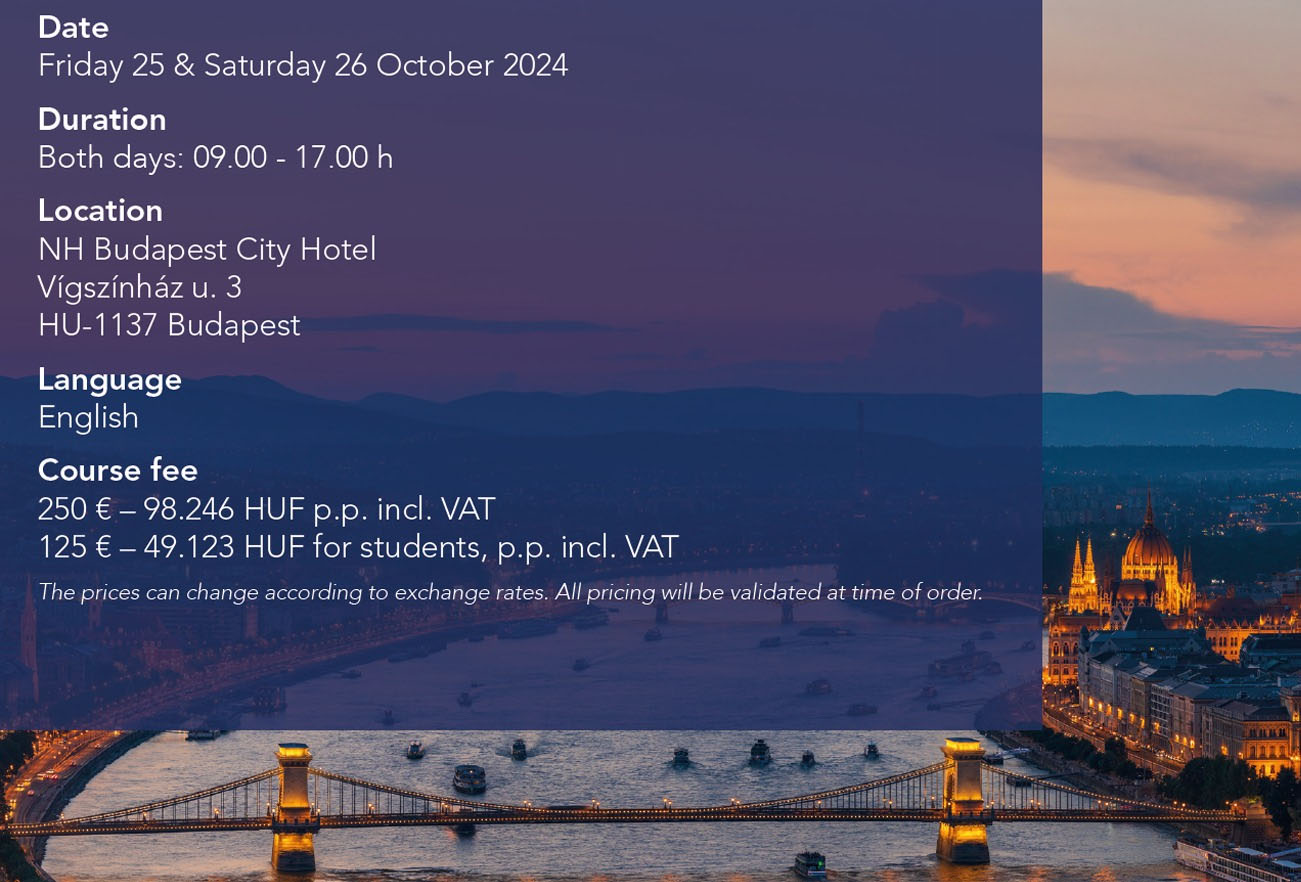

GIORGIO FIORELLI: BIOMECHANICS IN DENTAL ALIGNMENT WITH FIXED APPLIANCESBUDAPEST, October 25 - 26, 2024
Dental alignment and leveling are almost always the initial stages of orthodontic treatment performed with fixed appliances. Often, this alignment is achieved using preformed Nickel Titanium archwires, which have low stiffness and high maximum elastic deflection (springback). While in many cases, alignment occurs relatively quickly and without any undesired effects, there can be difficulties in certain cases. These difficulties may include dental movement blockage or, even worse, undesired dental movements that can prolong the treatment duration or compromise the outcome. This course will explain how the basic relation between the bracket and the wire produces a force system and a dental movement. We will explore how the inefficiencies of the archwire during alignament stages, can be attributed to various factors such as increased stiffness, friction, and the inconsistency of the initial force system generated by the bracket-wire relationship, which always results in jiggling movements and an increased biological risk associated with orthodontic therapy. It is interesting to note that these issues are not specific to using a particular bracket or prescription. Therefore, to overcome them, one does not need to change the bracket or the wire material and size, but rather learn to recognize the biomechanical nature of the problem and find a specific solution, preferably in a preventive manner. We will explore how understanding these problems is based on knowledge of the six Burstone’s geometries and how the solution often requires specific segmentation of the orthodontic archwire. Hence, we will learn to understand when it will be possible to align with a continuous archwire, when and how to use alignment with a linear wire segment activated at the terminal, and when it will be more appropriate to use alignment loops. The presentation will showcase numerous clinical cases of inefficiency or blockage in alignment, and we will explore potential solutions, which can sometimes be unexpectedly simple to implement once the nature of the problem is recognized.

